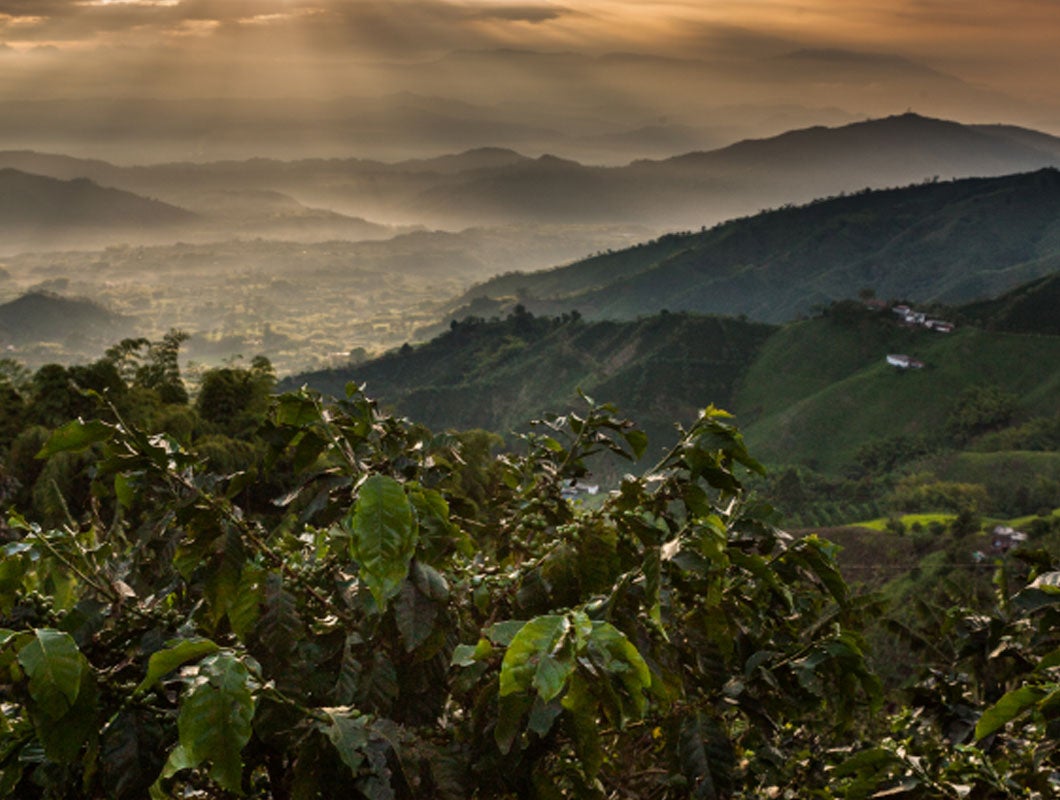Who are Carbon Trust?
The Carbon Trust is a global climate consultancy driven by the mission to accelerate the move to a decarbonised future. It has been pioneering decarbonisation for more than 20 years for businesses, governments, and organisations. A leader in carbon footprinting, the Carbon Trust certifies products, organisations and value chains around the world.
What does LCA mean?
Environmental Life Cycle Assessment (LCA), is the compilation and evaluation of the inputs, outputs and the potential environmental impacts of a product system throughout its life cycle including production, manufacturing, use and disposal.
What is a carbon footprint?
A carbon footprint is the total greenhouse gas (GHG) emissions caused directly and indirectly by an individual, organization, event or product across its whole life cycle and is expressed as carbon dioxide equivalent (CO2e).
What is the difference between GHG and CO2 emissions?
GHGs (Greenhouse Gases) are gases that trap heat within the atmosphere, causing the warming of the planet through the greenhouse effect. There are different types of GHG, each with different levels of potency; including Carbon Dioxide (CO2) Methane, and Nitrous Oxide. CO2 Emissions on the other hand, only account for Carbon dioxide gas released into the atmosphere.
What is agroforestry?
Agroforestry is the interaction of agriculture and trees, including the agricultural use of trees. This comprises trees on farms and in agricultural landscapes, farming in forests and along forest margins and tree-crop production, including cocoa, coffee, rubber and oil palm. Agroforestry is a viable way for farmers to take a step in restoring climate and nature, from the ground up.
What does biodiversity mean?
Biodiversity is the variety of life on Earth at all its levels, from genes to ecosystems, and the processes that sustain life. It is important to soil and water conservation, pollination, and other important processes that counter the negative effects of climate change and increase the quality of agriculture and life.
What is fertilizer?
Fertilizers are natural or artificial substances containing the chemical elements (such as nitrogen, potassium, phosphate) that improve growth and productiveness of plants. Fertilizers are used to help replenish the plant and soil after each harvest, a bit like food for plants.
What is the Nestlé commitment to Net Zero?
Net Zero is the goal to completely negate the amount of greenhouse gases produced by human activity by reducing emissions and absorbing carbon dioxide from the atmosphere. At Nestlé, we have a commitment to halve Nestlé’s greenhouse gas (GHG) emissions by 2030, and are working towards achieving net zero by 2050, against our 2018 baseline – even as our business continues to grow. We are making our footprint transparent and our progress clear.
Find Nestlé’s Net Zero Roadmap here - Nestlé’s Net Roadmap
Find Nestlé’s Net Zero Roadmap here - Nestlé’s Net Roadmap
What is Regenerative Agriculture?
Regenerative agriculture is an approach to farming that aims to improve soil health and soil fertility – as well as protecting water resources and biodiversity. Restoring soil health helps draw down and capture increased levels of carbon in soils and plant biomass. Healthier soils are also more resilient to the impacts of climate change and can increase yields, helping improve farmers’ livelihoods.

